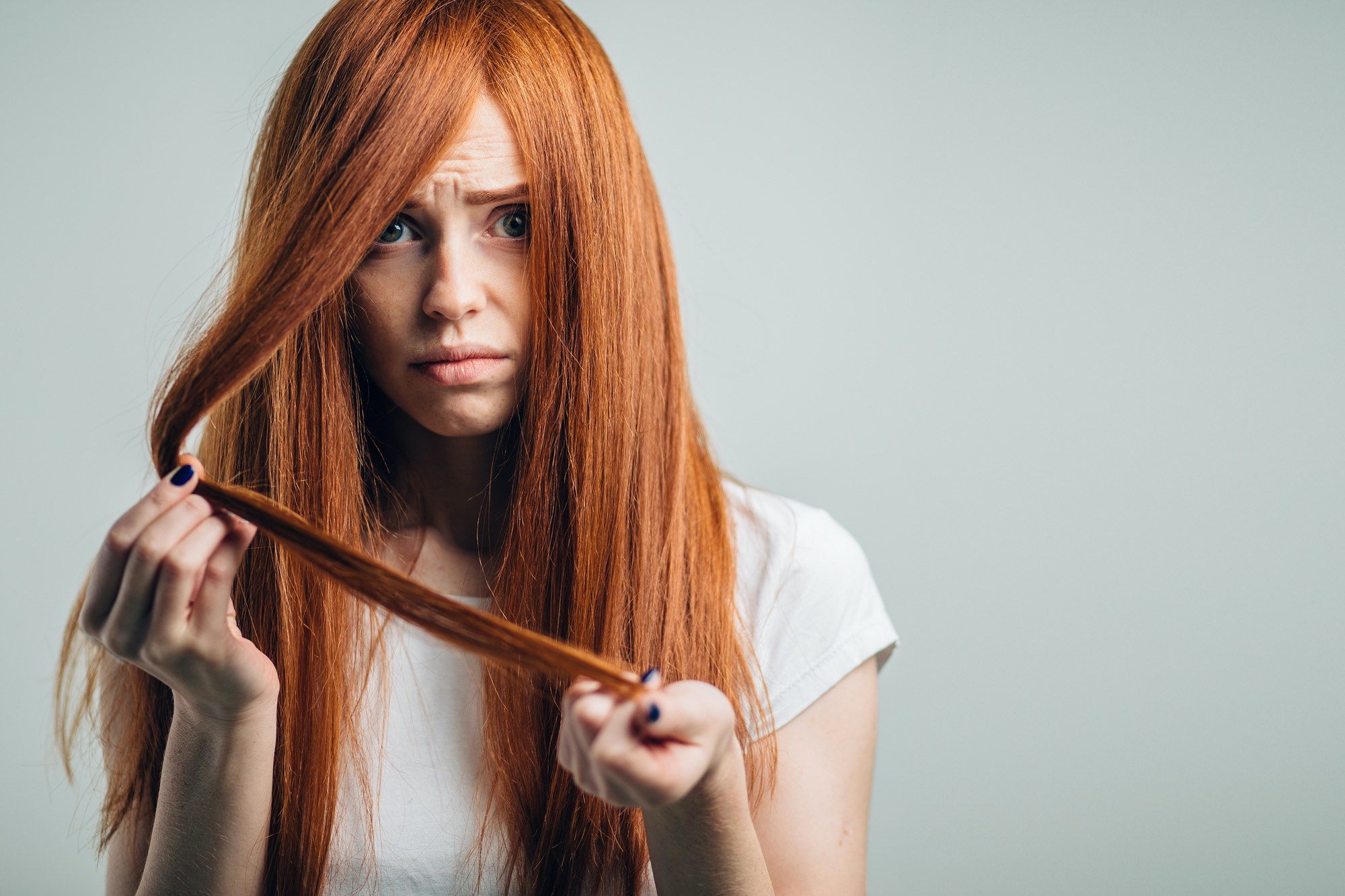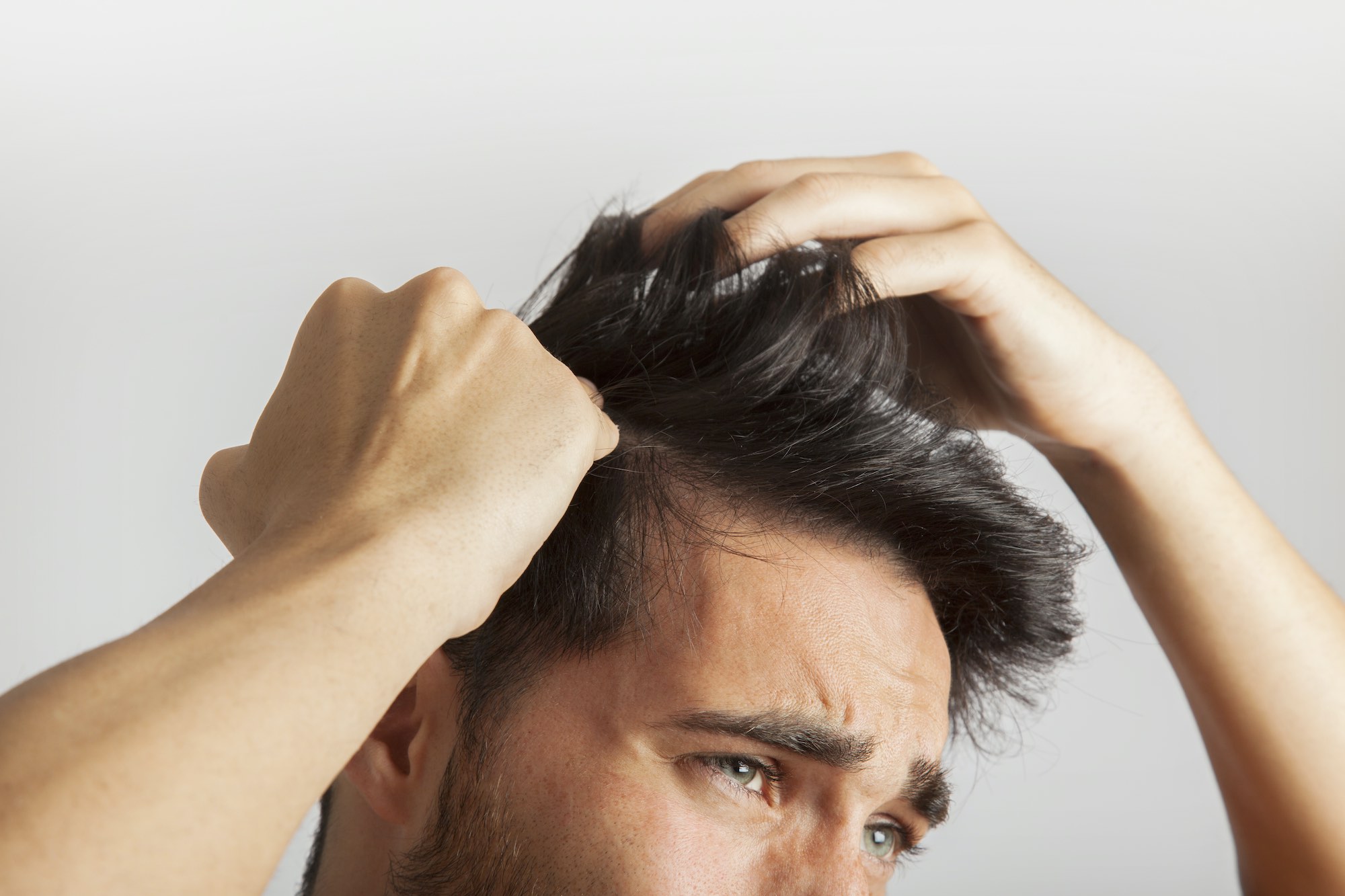How Long Does It Take for Hair to Grow Back? The Complete Guide
“How long does it take for hair to grow back?”
If you convinced yourself that it would be a good idea to cut your hair yourself during the quarantine, you might be asking yourself that question right now. There are a whole lot of people who are regretting the decision they made to give themselves a haircut.
The good news is that, as long as you weren’t suffering from any hair loss issues before, your hair will grow back eventually. But the keyword there is, of course, “eventually.” It might take some time for your hair to grow back and erase the memory of your terrible quarantine haircut forever.
If you’re scratching your head right now and wondering, “How long does it take for hair to grow?”, check out our informative guide below. It’ll shed some light on how long it’ll take for your hair to come back again.
How Long Does It Take for Hair to Grow Back?
The average person has about 100,000 hair follicles located on their head. The vast majority of them grow hair that is always in what is called the “anagen” phase. This is the phase during which hair actively grows from a person’s head.

With this in mind, the answer to the question, “How long does it take for hair to grow back?”, is, “Not long at all,” for most people. Generally speaking, all the hairs on a person’s head will grow about half an inch every month.
On the surface, that might not seem like a whole lot. But that means that, if you don’t get your hair cut for a year, it’ll grow 6 inches total. And even if you do cut it, it’ll still grow enough to be noticeable on top of your head.
When you first get a bad haircut, it might seem like your hair stops growing altogether for weeks on end. You might even be left banging your head against the wall and asking, “Does hair grow back?!”
But not to worry. Your hair will begin to start growing back almost as soon as you cut it. And within just a few weeks, that bad haircut that you gave yourself should begin to disappear right before your very eyes.
What Can I Do to Get My Hair to Grow Back Quicker?
Do you hate your new haircut so much that you refuse to leave the house without a hat or a scarf covering it?

Oof! We’ve all been there at one time or another. It’s enough to make you wish that you could fast forward your life so that all your hair grows back right away.
Unfortunately, the answer to the question, “How long does it take for hair to grow back?”, isn’t a week. Or two weeks. Or even a month.
It’s going to take you longer than that to grow it back to the way it was! But if you’re impatient about the process, there are some steps you can take to encourage hair growth.
Here are several things that you can try to get your hair to grow back quicker than usual:
- Make sure that you’re eating foods that are high in protein, vitamin C, and iron on a regular basis
- Steer clear of exposing your hair to heat too often
- Let your hair to hang loose most of the time as opposed to sticking it into a tight ponytail
- Start using shampoos and conditioners that contain things like keratin and vitamin E
- Cover your hair up with a hat or scarf when you go outside to protect it from the sun and the sun’s harmful UV rays (and not just because you think it looks bad!)
Additionally, you might also want to begin taking vitamins that are designed to help you with hair growth. Read this hair vitamin review to see one great example of a product you can use to make your hair grow faster than usual.
Why Is My Hair Not Growing Back?
As long as you try to do at least a few of the things we just mentioned, it shouldn’t be long before you see your hair begin to grow back again. You’ll breathe a sigh of relief once you notice your grow getting longer.
But in some instances, you might find that your hair isn’t growing as fast as you would like. You might also find that your hair isn’t growing at all. It’ll leave you asking, “Why is my hair not growing back?!”

There are quite a few reasons why your hair might not grow back after you cut it very short. Nutritional deficiencies, for example, could be to blame for your hair loss. You could also be experiencing hormonal imbalances that are taking a toll on your hair.
There might be medications that you’re taking that are impacting your hair in a negative way and stopping it from growing back. And something as simple as stress could also be the cause for your recent lack of hair growth.
Recent surveys have suggested that well over 50% of Americans report feeling high levels of stress day in and day out. This stress can cause all kinds of health complications, like headaches, diabetes, and heart disease.
Plus, too much stress in a person’s life can also force them to deal with hair loss issues. It’s not uncommon at all for a person’s hair to turn grey or to fall out completely because of stress.
By getting your stress levels under control and living a more carefree life, you can regrow your hair quicker overall.
Will My Hair Grow Back If I Suffer From Permanent Hair Loss?
We just talked about some of the main reasons why your hair might stop growing on you if you’re not careful. You can control all of these reasons to some degree to stop hair loss from having a major impact on you.
But we also have to touch on how there are some health conditions that can cause permanent hair loss. They’ll have you asking, “Will my hair grow back at any point?”
Sadly, there are some instances in which the answer is going to be “No.” If, for instance, you have hereditary hair loss or androgenetic alopecia, it could be a sign that you’re headed for baldness. There might not be any surefire ways to save your hair.
But there are also some other instances in which you can save your hair after experiencing hair loss due to a medical condition. Scalp psoriasis is one example of this. It’ll often cause people to lose their hair over time, but it can be reversible if the cause of it is diagnosed and treated.

The same goes for certain thyroid conditions like hyperthyroidism and hypothyroidism. They’ll both cause hair loss in most cases. But that hair loss can be reversed once these thyroid problems are fixed.
What Can I Do to Protect My Hair Going Forward?
Do you want to make sure that you have healthy hair on your head at all times as you move forward in life?
Of course you do. You aren’t going to have to sit around wondering, “How long does it take for hair to grow back?”, when you know that you have healthy hair on your head that is always growing at a rapid rate.
Earlier, we touched on some of the things you can do to try and get your hair to grow quicker in the aftermath of a bad haircut. But it’s worth noting that there are things you should do all the time to protect your hair and to keep it growing at a consistent pace.
Some of the steps you can take to protect your hair and to keep it in great condition include:
- Getting your hair cut on a regular basis (by someone other than yourself!)
- Using shampoo and conditioner to wash your hair as necessary
- Maintaining a healthy diet that contains a lot of nutrients
- Being careful with your hair when you’re brushing it, styling it, and fussing with it throughout the course of a day
There are no guarantees as far as how long your hair will stay healthy and plentiful. Some people take great care of their hair their whole lives and then suddenly start losing it.
But by following the tips found here, you can increase the chances of your hair sticking around for the long haul.
Start Taking Better Care of Your Hair From Now On
Your hair is just like any other part of your body. When you take good care of it, you’ll get great results.
You’ll also get a more favorable answer to the question, “How long does it take for hair to grow back?” You won’t have to wait around for weeks on end to grow back your hair after a bad haircut when you treat it right day in and day out.
Browse through our health-related blogs for more great tips on caring for your hair the right way.
The post How Long Does It Take for Hair to Grow Back? The Complete Guide appeared first on ELMENS.
source https://www.elmens.com/lifestyle/personal/how-long-does-it-take-for-hair-to-grow-back-the-complete-guide/
Comments
Post a Comment